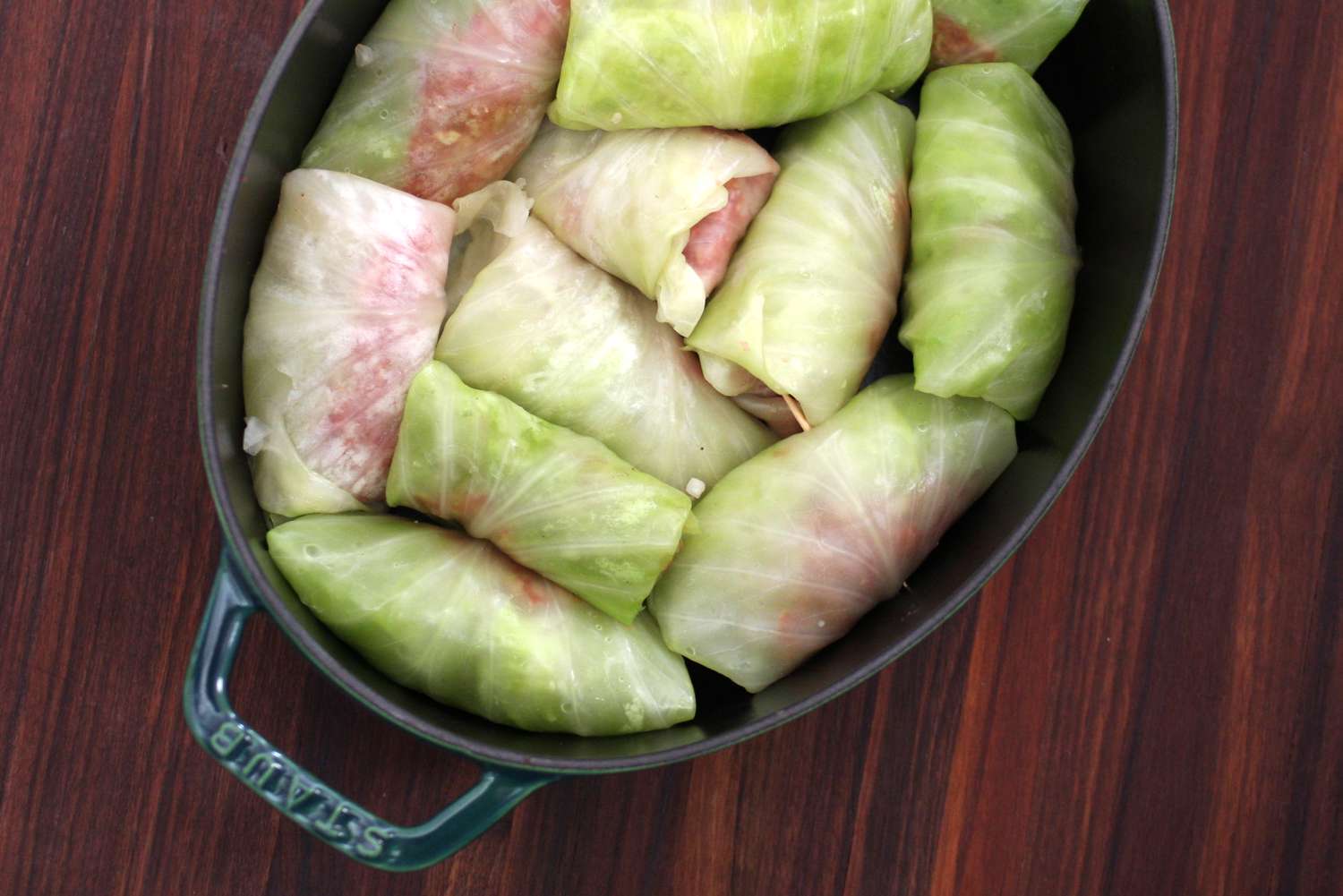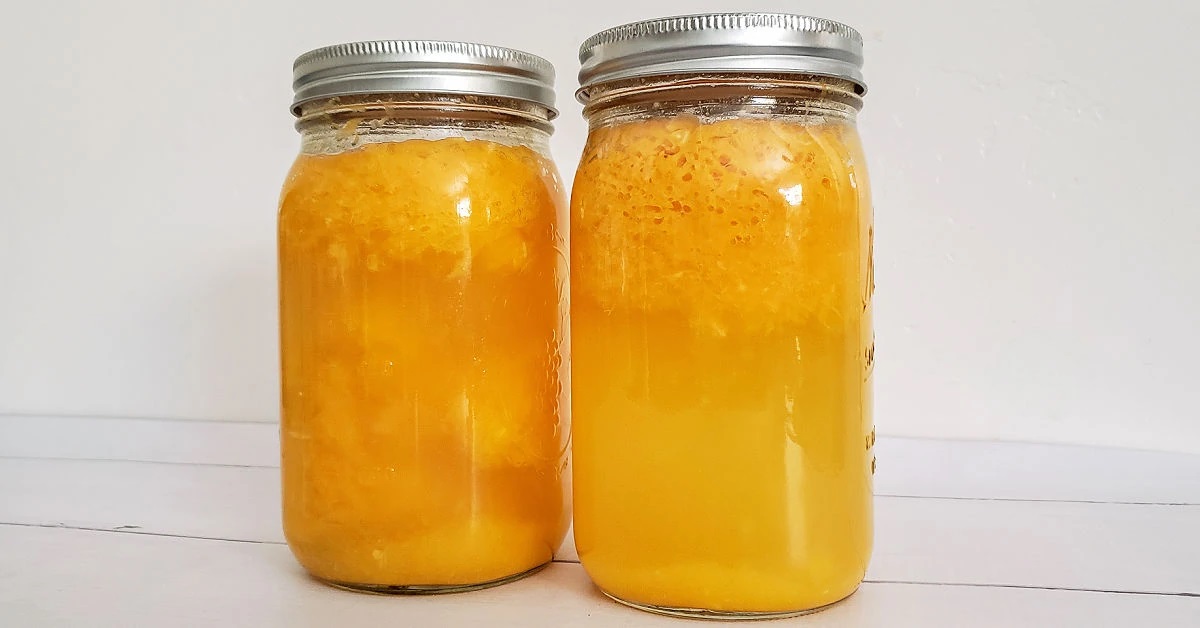Unlocking the Secret of Fermenting Squash
Welcome to the wonderful world of fermenting squash! If you’re looking for a new and exciting way to preserve and enjoy this versatile vegetable, then you’ve come to the right place. Fermenting squash is a simple and rewarding process that can yield delicious results. In this guide, we’ll walk you through the steps to fermenting squash at home, so you can enjoy its tangy, probiotic-rich goodness.
Choosing the Right Squash
Before you begin the fermentation process, it’s important to select the right type of squash. Choose fresh, firm squash that is free from any blemishes or soft spots. Varieties such as butternut, acorn, or kabocha squash work well for fermentation. Wash the squash thoroughly to remove any dirt or debris before proceeding to the next step.
Preparing the Squash
Once you have selected your squash, it’s time to prepare it for fermentation. Follow these simple steps to get your squash ready for the fermenting process:
- Peel the squash and remove the seeds.
- Cut the squash into small, uniform pieces. This will help ensure even fermentation.
- Place the prepared squash in a clean, sterilized fermentation vessel.
Creating the Brine
The next step in the fermentation process is to create a brine solution to help preserve the squash and encourage the growth of beneficial bacteria. To make the brine, combine water and salt in the correct ratio. A typical brine solution consists of 1 tablespoon of salt per 2 cups of water. Ensure that the salt is fully dissolved in the water before adding it to the fermentation vessel with the squash.
Fermentation
Now that your squash is prepared and the brine is added, it’s time to let the magic happen. Seal the fermentation vessel and place it in a cool, dark area to ferment. Check the vessel regularly to ensure that the squash remains submerged in the brine. Fermentation times can vary, but a good rule of thumb is to let the squash ferment for about 1-2 weeks, depending on your taste preferences.
Enjoying Your Fermented Squash
Once the fermentation process is complete, your squash is ready to be enjoyed! Fermented squash can be used in a variety of ways, including as a flavorful addition to salads, grain bowls, or as a tangy side dish. The probiotic-rich nature of fermented squash also makes it a great addition to your overall gut health. Be sure to store your fermented squash in the refrigerator to maintain its freshness and flavor.
So there you have it – a simple guide to fermenting squash at home. With just a few simple steps, you can unlock the delicious potential of this versatile vegetable and enjoy the benefits of homemade fermented foods. Give it a try and savor the tangy, probiotic goodness of fermented squash!
Was this page helpful?
Read Next: How To Ferment In Mason Jars











